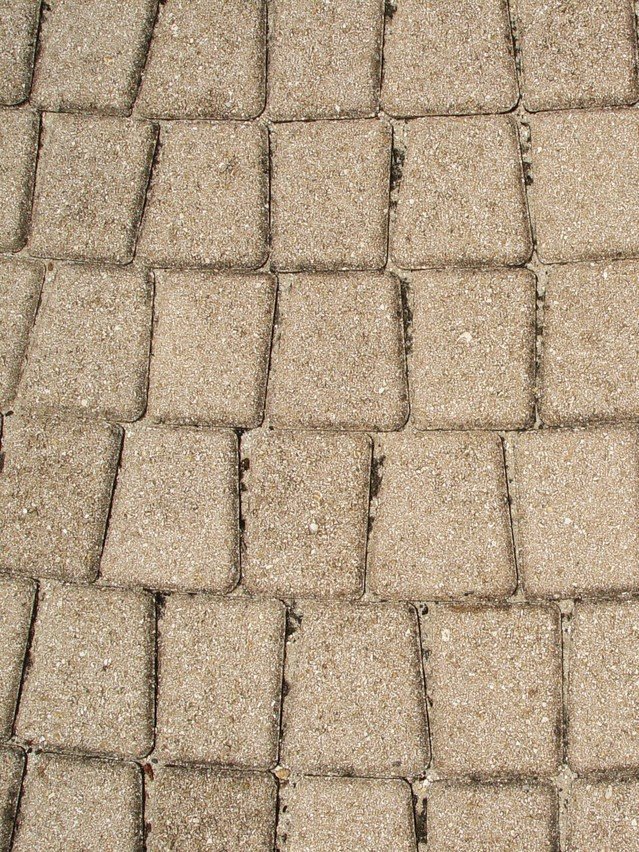You’ve decided that pavers are the best option for your new patio. They’re the perfect mix of attractive and stable. And you’ve even picked out the perfect design and ordered the necessary pavers.
But you’ve still got one question: What is the right sand for your paver joints?
Sand is an essential element of any quality paver installation. You’ll need a layer of sand that acts as “bedding” to go underneath the pavers. This helps cushion the pavers with an inch-thick, leveled base. But this sand is different from what you’ll need to go in the joints between pavers. Bedding sand needs to include a variety of grain sizes so that the pavers can easily sink down into it and become “locked in.”
In addition to the bedding sand, you’ll also want the right paver sand for joints. This will be the thing that holds all of those pavers – and the area as a whole – together. It will also prevent weeds from growing up between your pavers. This is why finding the right sand for the job is absolutely essential.
But depending on who you ask, you may end up with wildly different ideas about what the right sand is for those joints.
Some will argue that the best kind of sand to use for paver joints is polymeric sand. Put simply, this kind of sand is a gritty material that’s put in the joints of pavers. After the sand is set, a polymer is added that reacts to water by hardening. Once the pavers, sand, and polymer are sprayed down, the polymer seals everything in place.
Polymer sand can be a great option. When it dries, it’s so durable that you can power wash it without worrying about the intensity of the blast damaging your paver job. It will hold up to harsh weather conditions. And it should keep your pavers in place for years to come.
However, there is another option
When it comes to paver sand for joints. You can use very coarse sand, like pool filter sand, and you can fill those paver joints up. Then, you can lock everything in place with a stabilizing paver sealer. This is a liquid sealant that filters down between all the grains of sand and secures everything in place to such a degree that you won’t have to worry about things shifting.
Unlike pavers with polymeric sand (which tend to have a more natural, matte finish), after applying a stabilizing sealer, your pavers will have a light polish to them.
While both polymeric sand and coarse sand with sealant are good options if you’re looking for the right sand to fill in your paver joints, we recommend the latter. The reason for this is simple, we’ve simply had greater success with coarse sand and a quality sealant. However, both options will cost you about the same amount and both should ensure a patio that’s secure for years to come.
If you’re searching for a comprehensive look at the different kinds of paver sand available to you and how much you’ll need, check out this guide.

